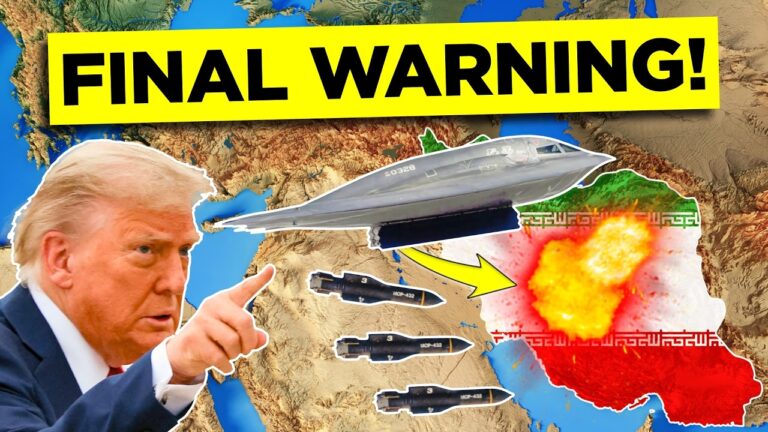Video at the bottom!
The current geopolitical landscape indicates a significant escalation in tensions between the U.S. and Iran, evolving rapidly from a mere possibility of conflict to a likelihood of engagement. The key question seems to be not if the U.S. will intervene, but when, as military preparations appear to be well underway.
Initially, U.S. President Donald Trump advocated for peaceful negotiations between Iran and Israel, demonstrating optimism about fostering stability in the Middle East. His administration sought to persuade Iran to abandon its nuclear ambitions, emphasizing the potential for a more prosperous region. However, Israeli military actions, particularly the launch of Operation Rising Lion against Iranian targets, have disrupted these diplomatic efforts. Following the attack, U.S. officials quickly characterized Israel’s actions as unilateral, although they also made it clear that any Iranian aggression toward U.S. forces would elicit a strong response.
In the wake of these developments, the U.S. has repositioned military assets in the region, signaling a shift from diplomacy to potential military confrontation. A significant move includes the deployment of the USS Nimitz, a formidable aircraft carrier known for its advanced capabilities. Accompanied by a strike group of guided missile destroyers and an air wing of fighter jets, the Nimitz enhances the U.S.’s operational capacity in the area. Additionally, a surge of aerial refueling aircraft has been reported, facilitating extended operations by fighter jets and bombers over Iranian territory.
Military experts express concern that the increased U.S. presence could alter the balance of power in the conflict, potentially undermining Iran’s military capabilities and supporting Israel’s strategic objectives. The dual deployment of the Nimitz and the USS Carl Vinson, both equipped with advanced weaponry and personnel, further illustrates U.S. intentions. These carriers may be tasked with providing air superiority or striking Iranian positions, as well as ensuring the protection of U.S. forces in the region.
In conjunction with the naval deployments, U.S. ground support for Israel has likely been augmented with missile defense systems to counter threats from Iranian attacks. Intelligence reports indicate that the U.S. has redirected anti-drone missiles from Ukraine to Israel, suggesting a more proactive defense strategy.
Statements from U.S. officials reinforce the seriousness of the situation, urging American citizens in Iran to evacuate due to escalating dangers. Defense Secretary Pete Hegseth emphasized the focus on safeguarding U.S. personnel, hinting at further military enhancements in the region. Meanwhile, U.S. military actions and rhetoric indicate preparation for a possible direct confrontation with Iran, a sentiment echoed by President Trump, who implored Iranian citizens to leave Tehran.
Despite these warnings, there remains a sliver of potential for de-escalation. Iranian officials have reached out to neighboring countries, signaling a desire for dialogue and expressing that the conflict was provoked by external aggression. The U.S. must weigh its options carefully; military intervention not only risks direct conflict but could also have profound implications for regional stability and the global economy.
Ultimately, as military assets converge and diplomatic channels narrow, the possibility of U.S. military engagement grows more tangible. The urgency of the moment may compel U.S. forces to act, especially in response to unyielding Iranian nuclear ambitions and ongoing hostilities in the region. The coming days will be crucial in determining whether the U.S. chooses military action as a means to influence the outcome of the Iran-Israel conflict or if diplomatic solutions can still be pursued, albeit under increasingly strained circumstances.


